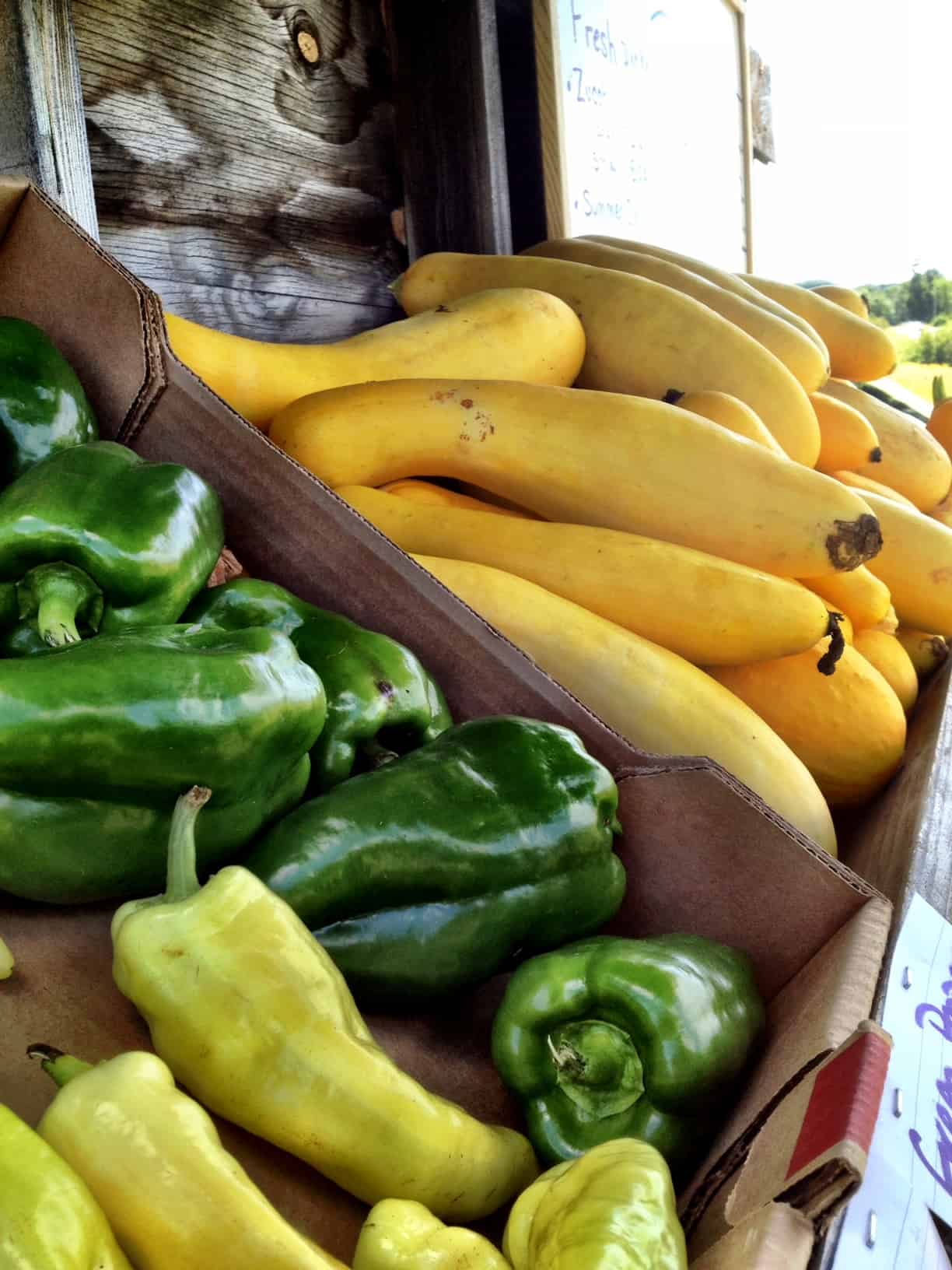While the supermarket produce section is the most convenient way to get the veggies we need, it isn’t always fresh, natural or local. Many of us grow our own or purchase a garden share so we can feel better about the food we put into our bodies.

The downside to eating seasonally, though, is that we too often have more than we need. A glut of good food is a good problem to have, but unless we can it or freeze it, we risk losing good food because we’re just out of ideas.
With the end of the garden season approaching, I thought it would be a good time to share my list of produce substitutions. My hope is that, by looking through these lists, you will find inspiration to try new variations on your favorite recipes. Who knows? You might find that you prefer the new version over the old!
Carrots
Whether used in warm dishes or in cold applications, carrots offer the cook a number of benefits. Their sweetness balances savory elements in dishes and work well in sweet ones as well. When cooked they’re tender and creamy, but when raw they’re crisp and refreshing. Substitutions for carrots generally work either hot or cold, so there isn’t a one-size-fits-all solution; there are, however, lots of options either way.
Raw Dishes: jicama, daikon, kohlrabi, celeriac (blanch first)
Cooked Dishes: pumpkin, winter squash, parsnip, beets
Peas
Fresh peas add a sweetness and bright pop of color to recipes. Shelled peas are generally cooked before serving, even when used in cold dishes with other raw ingredients. The substitutions I recommend below take that into account.
Raw Dishes: diced green beans (blanch first), broccoli and cauliflower florets (in recipes similar to this salad, one of my favorites), edamame, lima beans
Cooked Dishes: diced green beans, lima beans, edamame
Tomatoes
Because canned tomatoes are so readily available and are generally high quality, we don’t often give much thought to cooking without tomatoes. But if you or your guests are allergic–or you simply have a bumper crop of other things–you can create some amazing dishes.
Remember that in cold dishes, the acidity of the tomato features more prominently, so substitutes are aimed at preserving or enhancing that flavor element. When tomatoes are cooked and their flavors are concentrated, their sweetness comes to the fore, so we choose ingredients that produce similar results.
Raw Dishes: tomatillo, red bell pepper, mango and papaya (in salsa)
Cooked Dishes: roasted red pepper, pumpkin (try this recipe for Pork and Pumpkin Chili…just omit the chopped tomato), butternut squash puree (on pizza!)